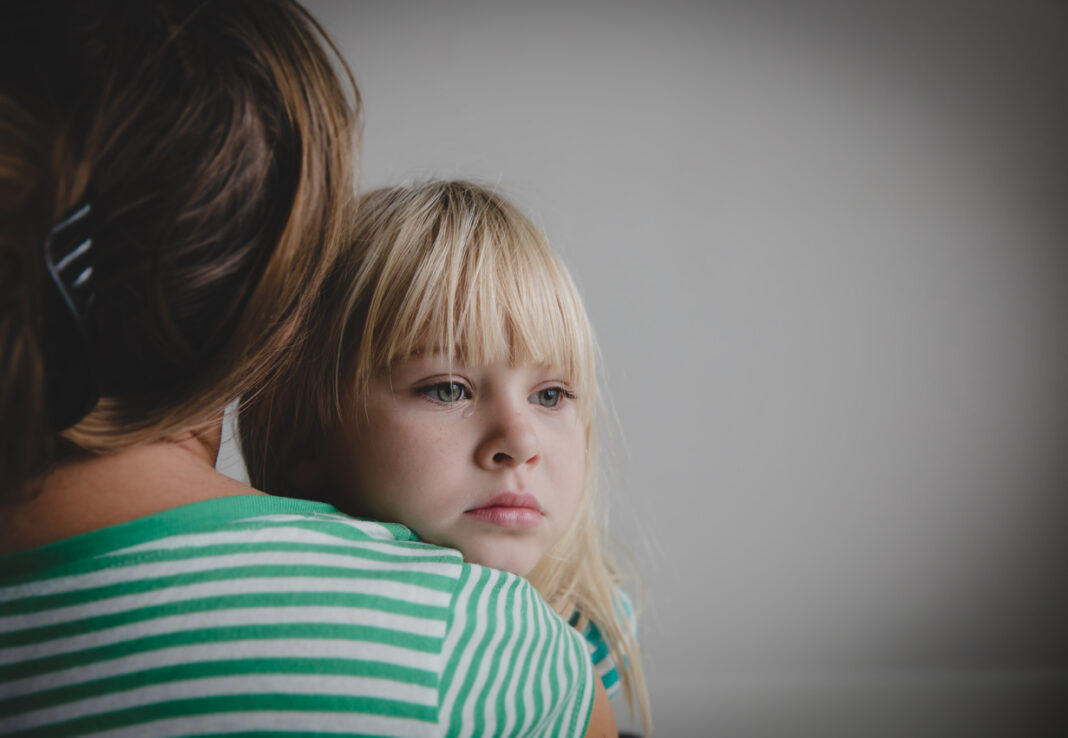Nine months after Australia’s initial lockdown, data from the Australian Institute of Health and Welfare (AIHW) has painted a bleak picture of its immediate effects on the nation’s at-risk children.
Several risk factors for child abuse and neglect increased during the pandemic, including financial hardship, housing stress, substance intake and mental health.
At the same time, a wide-spread societal retreat into our homes created less opportunities to detect abuse in places its commonly detected like schools and childcare centres.
This was a likely factor in a nation-wide drop in community reporting to child protection authorities in the months immediately following the restrictions, followed by a sharp increase of reports as they were lifted.
Lockdown also saw a doubling of tipoffs to police for online child sexual exploitation material.
“Notifications to child protection services fell during the ‘first wave’ of COVID-19 and increased once restrictions eased.” AIHW
The AIHW said the “closed door” nature of child abuse and neglect can make it difficult to detect even in “normal” times, and yet in 2019-20 one in every 33 Australian children—or 174,700 children—received a child protection service – a similar rate to 2018–19.
ACT Council of Social Service CEO Dr Emma Campbell said isolation was a concern for many of their members working with children and families.
“The national lockdown not only limited community oversight, but it also increased stresses and tensions in the home,” Dr Campbell said.
“For example, family violence services have told us they received an increase in calls from first-time clients, and existing clients needed more intense and sustained support; meanwhile, services themselves were dealing with the transition to working from home and the increased costs associated with quickly changing and adapting service delivery to meet client need.”
How was child protection affected by restrictions?
Pandemic restrictions affected people’s daily life activities, movements, and interactions as well as the normal operation of business and services.
AIHW said “where deemed appropriate”, face-to-face contact with authorities and children and their families may have been replaced with telephone, video-conferencing or other online contact.
Family courts experienced reduced activity and may have delayed some legal processes including out-of-home care admissions and exits and reunification processes between children with their families.
Child abuse in previous crisis
There is historical precedent for raised vulnerability of children during crisis.
The AIHW said a review of various research on emergencies and natural disasters found while the rate of violence against children does increase during times of crisis, the reported rate of violence is less than the actual rate due to weakened child protection systems and reporting mechanisms.
- In 1989 child abuse reports in the USA rose disproportionately after Hurricane Hugo.
- The economic hardship of the 2008 global financial crisis saw an increase in serious child physical abuse hospital admissions.
- More than half (55%) of surveyed children who experienced the 2014 Ebola epidemic in Sierra Leone indicated increased violence in their community.
Increase demand for Kids Helpline
Kids Helpline caters for the mental health of children and young people. They experienced a 24% increase in contacts between March and July 2020.
They provided 33% more duty-of-care interventions for child abuse (where Kids Helpline contacts police, child safety or ambulances when a child or young person is deemed to be at imminent risk) between 1 January and 31 July 2020, compared with the same period the previous year.
Dr Campbell said “more than ever” COVID-19 had showed the importance of the community sector as a security mechanism for disengaged or at-risk families, but services urgently needed increased funding to maintain their essential family support.
“We are not clear of the pandemic, so now is the perfect time for the ACT Government to seriously assess how they can increase funding and security for organisations who ensure the safety of at-risk women, children and young people and for services that provide much needed support to Canberra’s families,” she said.
If this story has raised concerns for you, help is available.
Counselling and support services
Kids Helpline – 24/7 counselling for 5–25-year-olds | 1800 551 800
Lifeline – 24/7 crisis support and suicide prevention | 131 114
1800RESPECT – 24/7 support for sexual assault or domestic/family violence | 1800 737 732
MensLineAustralia – 24/7 counselling for men | 1300 789 978
Child online sexual exploitation can be reported via the Report Abuse Button on the ACCCE or ThinkUKnow websites.



